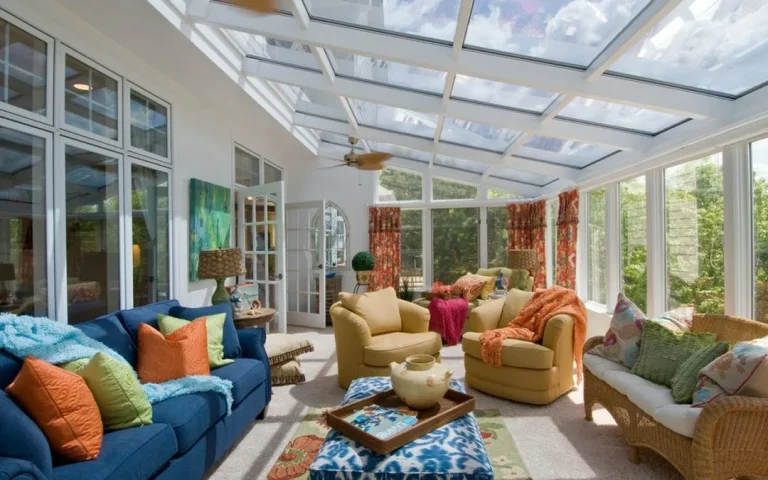Glazing products are essential components in the construction and design industries, serving a multitude of purposes ranging from enhancing aesthetic appeal to improving energy efficiency and security. At their core, glazing products involve the use of glass or glass-like materials in windows, doors, skylights, and other openings in buildings. However, the innovation in this field has led to the development of a wide array of products, each designed to meet specific needs.
One of the most common types of glazing products is insulated glazing, also known as double glazing. This technology involves the use of two or more glass panes spaced apart and sealed to form a single glazed unit. The space between the glass panes is usually filled with gas (such as argon or krypton) to reduce heat transfer, making buildings more energy-efficient. This is particularly important in regions with extreme weather conditions, as it helps in maintaining a comfortable indoor climate while reducing heating and cooling costs.
Another significant advancement in glazing technology is the development of low-emissivity (Low-E) glass. This type of glass is coated with a microscopically thin metallic layer that reflects heat. During winter, it reflects interior heat back into the room, reducing the need for heating. In contrast, during summer, it reflects exterior heat away, keeping the building cooler. Additionally, there are also specialized glazing products designed for safety and security, such as tempered glass, which is treated to increase its strength and break into small, blunt pieces to reduce injury risk upon breakage. Laminated glass, which holds together when shattered due to an interlayer between its two or more layers of glass, is another example, providing an added barrier against break-ins and reducing noise transmission.
The innovation in glazing products continues to evolve, with manufacturers now offering solutions like smart glass, which can change its transparency or color based on the light intensity, temperature, or through an electric current, providing dynamic control over privacy and lighting. These advancements not only enhance the functionality and efficiency of buildings but also contribute to sustainable design practices by reducing energy consumption and carbon footprint. As the demand for more versatile and high-performance glazing products grows, the industry’s future looks bright, with ongoing research and development paving the way for even more innovative solution



